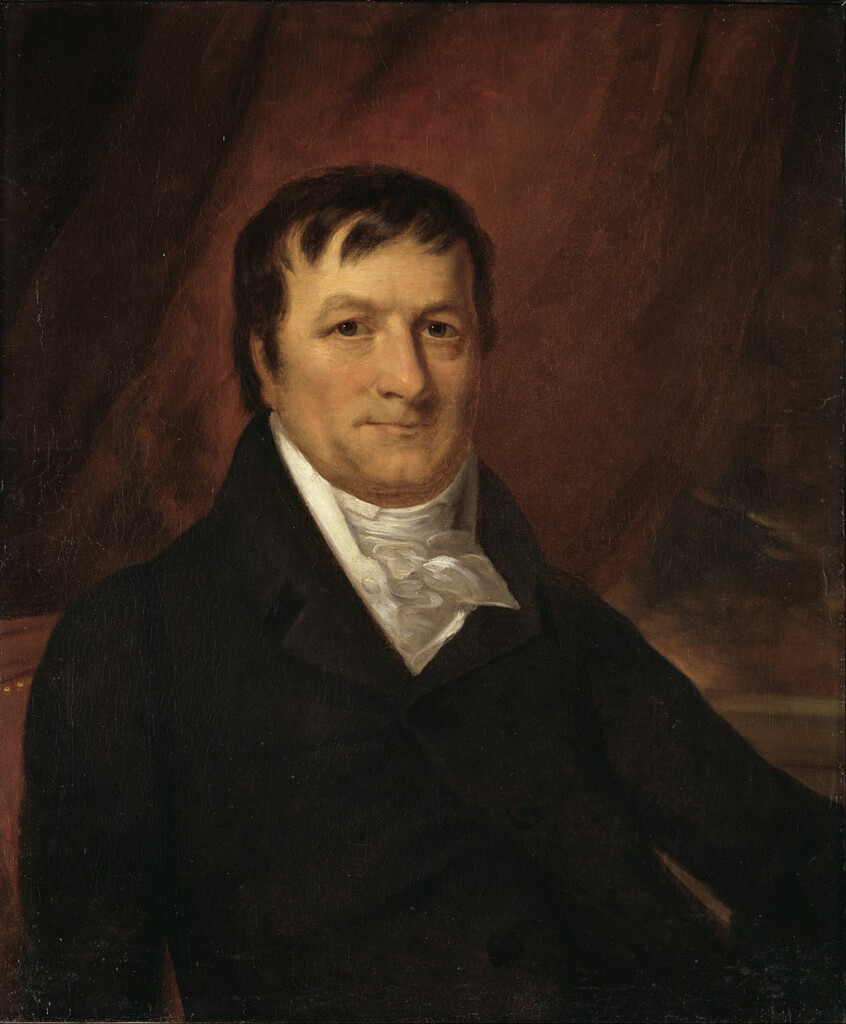Today the Oregon Trail is a great retro video game where we can laugh when our buddy dies of dysentery. But it was no laughing matter to those brave enough face its hazards in real life. In the 1840s, Oregon and California symbolized hope for the roughly 350,000 people brave enough to face the 2,170 mile long Oregon Trail from 1841 and 1869, with smaller parties making the crossing all the way up to the last documented crossing in 1909. They faced hunger, exhaustion, disease, broken wagons, injury, and death. The Oregon Trail wasn’t just a hardship for many pioneers, for 20,000 to 30,000 people, it was their killer. Each had their own reason to escape the East; according to the Bureau of Land Management, the US was suffering an economic depression in the 1840s. Regardless of reason, the Oregon Trail was a hazardous venture full of tragedy.

ADVERTISEMENT - CONTINUE READING BELOW
How the Oregon Trail began, early 1800s
The earliest European and American pioneers to make the trek were the explorers, trappers, and traders seeing new raw materials. In 1811, American Fur Company trader John Jacob Astor (yes, related to the Titanic guy) and his associate, Robert Stuart, established trading posts along a pathway that connected eastern cities and western territories. On a return trip, Stuart discovered less treacherous passageways through the Rocky Mountains and paths used by Native Americans during their annual migrations. Stuart’s path, tested by military forces, evolved into the trail used by European American migrants. Missionaries and early pioneers successfully navigated the route. By the 1820s, more supply forts were built for the travelers. By 1846, more than 5,000 pioneers completed the route. Today we know the route as the Oregon Trail.

